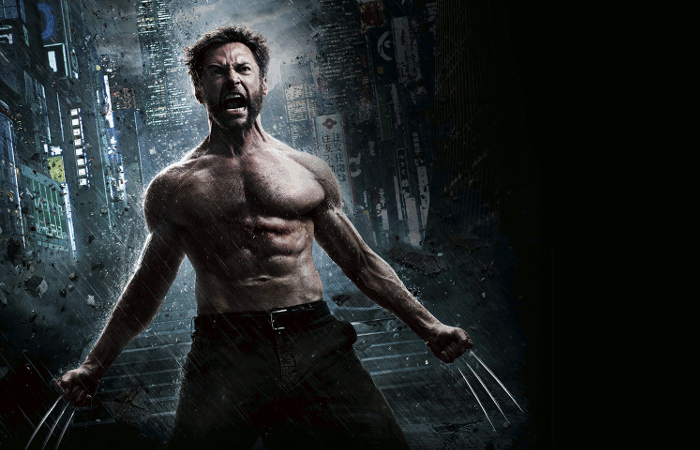Logan’s Run: Hugh Jackman Still a Cut Above as “The Wolverine”

“The Wolverine” claws its way back into theaters after the disastrous solo outing “X-Men Origins: Wolverine” that left many X-Men fans wondering whether Logan/Wolverine could work as a standalone film. (Don’t worry. You’ll get a head’s up before the spoilers start.)
The premise, largely adapted from the Chris Claremont/Frank Miller Copper Age comic miniseries, is a study in contrasts. Wolverine, the man without a past, must come to terms with a country steeped in tradition. The man with animalistic fury faces a culture that values discipline and honor. Wolverine who can heal from any physical wound must confront emotional scars that run far deeper.
The cast is solid. Hugh Jackman crushes his performance. He is in incredible shape and, again, embodies the emotion and angst inherent in Wolverine. He’s physical in all the right ways. He’s imposing in all of the right ways. Except for his height, Jackman is Wolverine and has been since sauntering into that metal cage in the original X-Men film.
The special effects are solid and reflect excellent CGI work—all the claws, slicing, and special powers—married seamlessly with props—Silver Samurai and weapons.
Tonally, the movie felt uneven, and the excellent direction by James Mangold is undermined by a script that isn’t clever or even honed. Instead of dry, understated comedy that worked in earlier films, we end up with one-liners, most of which feel closer to Arnold Schwarzenegger’s body of work.
Two tips before we delve into some spoilers: 1. Do not see this in 3-D. The post-conversion work is pancake flat and make the shaky cam even more confusing to follow. 2. Stick around for the post-credit sequence. It is the bomb. The crowd gasped and cheered at the reveal so if you walk out before seeing what’s coming up, you only have yourself to blame.
So before dissecting the problems in the film, here’s your bottom line: “The Wolverine” had so much potential, yet what could have been a great movie suffers a thousand cuts. It survives them thanks to Wolverine’s healing factor, but viewers will be left to wonder what could have been if the script had been stronger.
All right, here’s, from a comic/script standpoint, what dragged this film down. And, yes, SPOILERS:
- Too many dream sequences, and too many of them with Jean Grey. I get it. She’s dead. He killed her in the “X-Men: The Last Stand,” but it drags the movie down in redundancy while muddling the more interesting thematic elements happening in the present.
- How many times can Wolverine get superficial cut and turn to face his attacker in order to convey now you’re in trouble? I counted at least five times. Come up with something new already.
- Did his vow not to kill mean so little that Logan can dispel it with little more than an apology?
- If Wolverine is the best there is at what he does, why does so much of what he actually does (throwing a guy out a window, but not knowing there was a pool below) feel accidental?
- Did a yet another superhero movie need to place a critical scene at an emotionally troubling real world location? It could have been any bombing in Japan, it didn’t have to be the atomic bomb.
- If Wolverine has no healing factor, why does he not bleed when his claws extend through his fists? In the original “X-Men” he mentions that it hurts every time he extends his claws, and in this film they casually mention that “everything has meaning,” yet this was the kind of missed opportunity for deeper symbolism present throughout the film.
- Also, if Wolverine has no healing factor, are his heightened senses also dulled? He doesn’t know who is dead or alive and way too many people sneak up on him. I suppose everyone moves silently and can avoid being upwind from him.
- The powers of Viper and Yukio are poorly defined and don’t make sense in the overall movie’s plot. Viper pulls off her skin for no reason, for example. And Yukio, who is a deadly assassin in the comics, sees the future, but gets it wrong half the time—that’s not as much a mutant power as a parlor trick.
- Silver Samurai gets as short shrift as Venom did in Spider-Man 3. Worse maybe. And the result of Silver Samurai’s inclusion is simply to be the big baddie for the completely formulaic climatic twist at the end.



